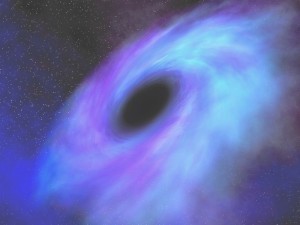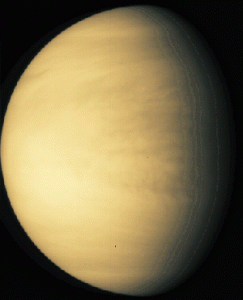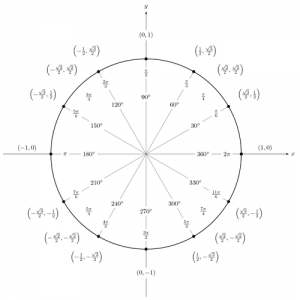What is the Size of a Black Hole?
Introduction
A black hole is one of the  most mysterious and terrifying of all space phenomena. It is a field in space where gravity is so strong that nothing can get away from it, not even light. Because light is sucked completely into a black hole, it appears as total darkness. Hence a “black hole.” Black holes are the “quick sand” of outer space. Everything is pulled into it and never comes out.
most mysterious and terrifying of all space phenomena. It is a field in space where gravity is so strong that nothing can get away from it, not even light. Because light is sucked completely into a black hole, it appears as total darkness. Hence a “black hole.” Black holes are the “quick sand” of outer space. Everything is pulled into it and never comes out.
How to Measure the Size of a Black Hole
To measure the size of a black hole, first you define what its boundary or edge is. The “edge” of a black hole is termed “event horizon.” The event horizon is that point where light cannot escape from the black hole’s gravitational pull. From the event horizon inwards, there is sheer blackness. If scientists say a black hole measures 50 kilometers, it means that is the distance from where light is last seen to the center of the black hole.
What is the Formula for a Black Hole’s Size?
The scientific formula that gives the size of a black hole is as follows:
GM/c2
which stands for:
G: gravitational constant
M: mass
c: light’s speed
How Big Do Black Holes Get?
Black holes can be very small or very large. The biggest black holes can have a mass equal to billions and billions of suns. One black hole in the Measier 87 galaxy is confirmed to have the mass of 3 billion suns. Scientists arrived at this figure by measuring the speed of gases spinning outside the event horizon. Some theorize that black holes can grow to the size of 50 billion suns at the most. But this is almost unimaginable. These would be powerful enough to devour many, many solar systems the size of ours.
How Does a Black Hole Work?
To escape gravity, an object must be able to move faster than escape velocity required to escape that gravitational pull. Light, being the fastest moving object known, can escape anything. But black holes are so powerful that their escape velocity is higher than even the speed of light.
While the centers of black holes are invisible due to the absence of light, they can be observed from outside the event horizon. Scientists are able to observe the behavior of objects just outside a black hole. For instance, gases can be observed falling into a field and never coming out. This is how the existence of black holes was proven.





